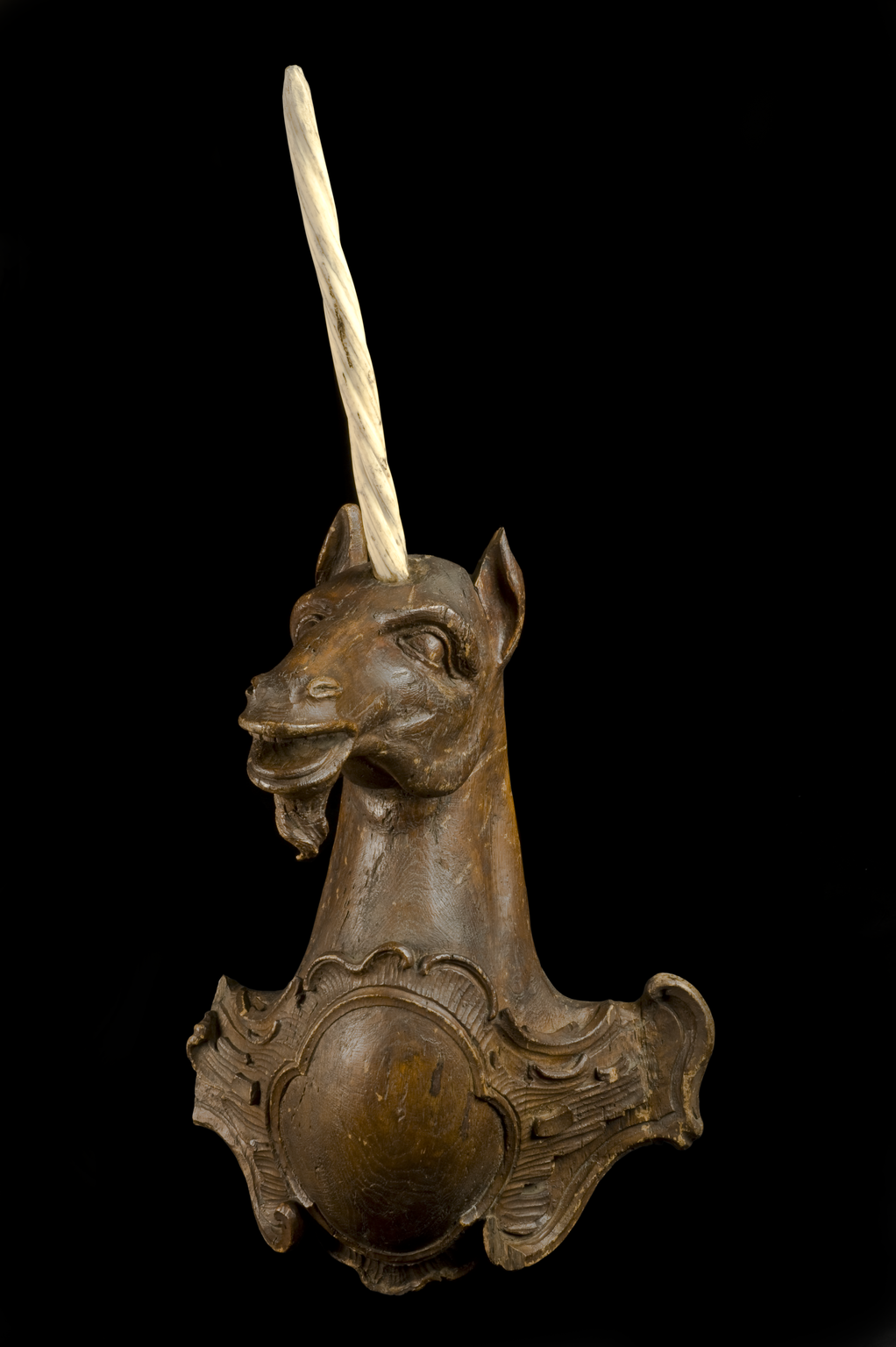When you hear the word ‘alchemy’ what springs into your mind? Wise wizards and magical incantations, pursuit of eternal life and the quest to transmute metals, turning lead into gold?
In that context the Science Museum seems an unlikely museum to send artefacts to join the British Library’s Harry Potter: A History of Magic exhibition.
The British Library exhibition explores magic and asks questions about why we believe the things we do. It reveals how many of the concepts in J.K. Rowling’s work are actually based on the history of science and magic.
And, if we think about the most fundamental ambition of scientists, to understand the natural world, it’s not far from the ambitions of ancient and medieval alchemists from Asia, Africa and Europe.
From ephemeral synthetic elements that survive for just seconds to the eternal steady motion of the heavenly bodies mankind has always desired to understand and manipulate nature.
The Science Museum Group Collection, together with the Wellcome Trust collection which we also care for, reflect this broad human ambition, holding items from the history of magic, religion and a hugely diverse range of cultures.
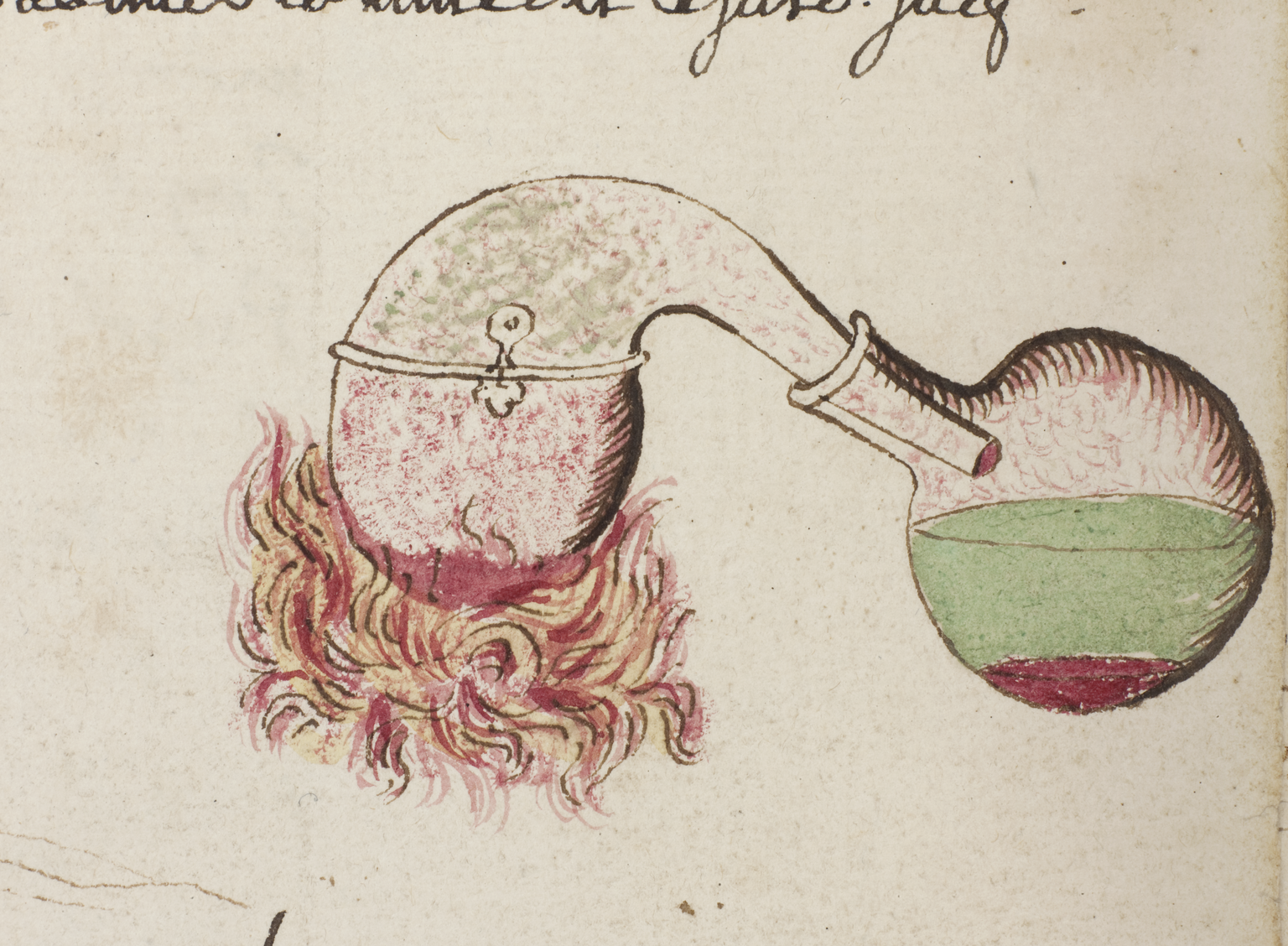
The creator of the philosopher’s stone, Nicholas Flamel was a French scribe active in the fourteenth century, later in the seventeenth century the legend of his discovery of the philosopher’s stone and eternal life emerged.
J.K Rowling contributes to this folklore, extending Flamel’s life to the early nineties when Flamel bravely sacrifices himself to help prevent Voldemort rising again in the first Harry Potter novel.
Visitors to the British Library’s exhibition will see a number of objects from the Science Museum Group Collection, including Dragon’s blood.
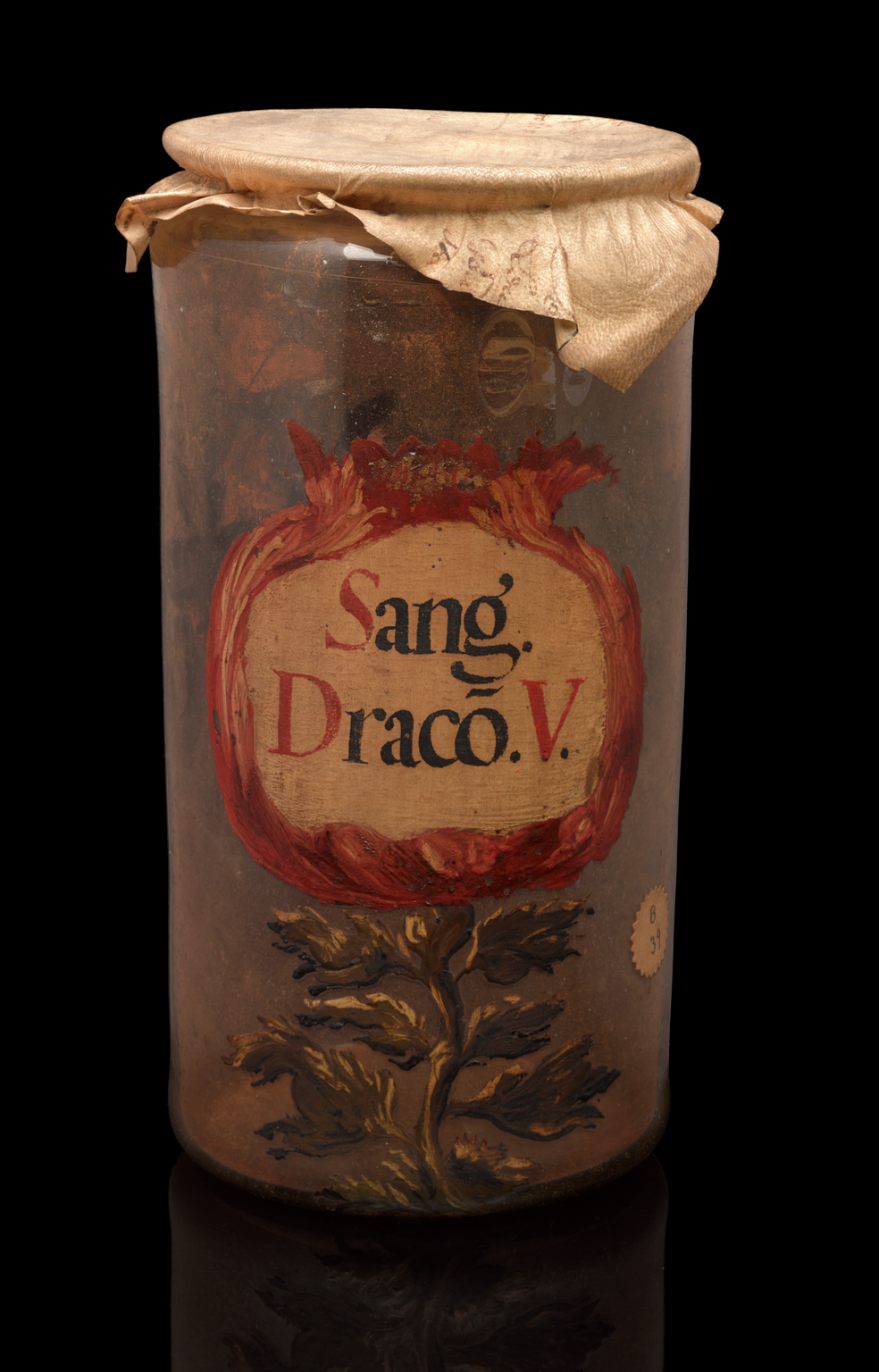
Folklore tells us that the blood of dragons had healing powers. The bright red resin still called ‘Dragon’s blood’ comes from a number of different plants, and this sample is from Daemonorops (Palmae), a type of plant most commonly found in Asia.
These materials are common in medical and alchemical processes, used for making medicines, dyes and incense.
Other drug jars in the exhibition contained Vitriol Coerul which chemists now call copper sulphate and Ocul Cancr which translates as crabs eyes, stones found in the stomach of cray-fish.
Another medicinal object in the exhibition is a gold filigree case containing a bezoar. Thrust down his throat by Harry, a bezoar stone saved Ron Weasley’s life in The Half Blood Prince.
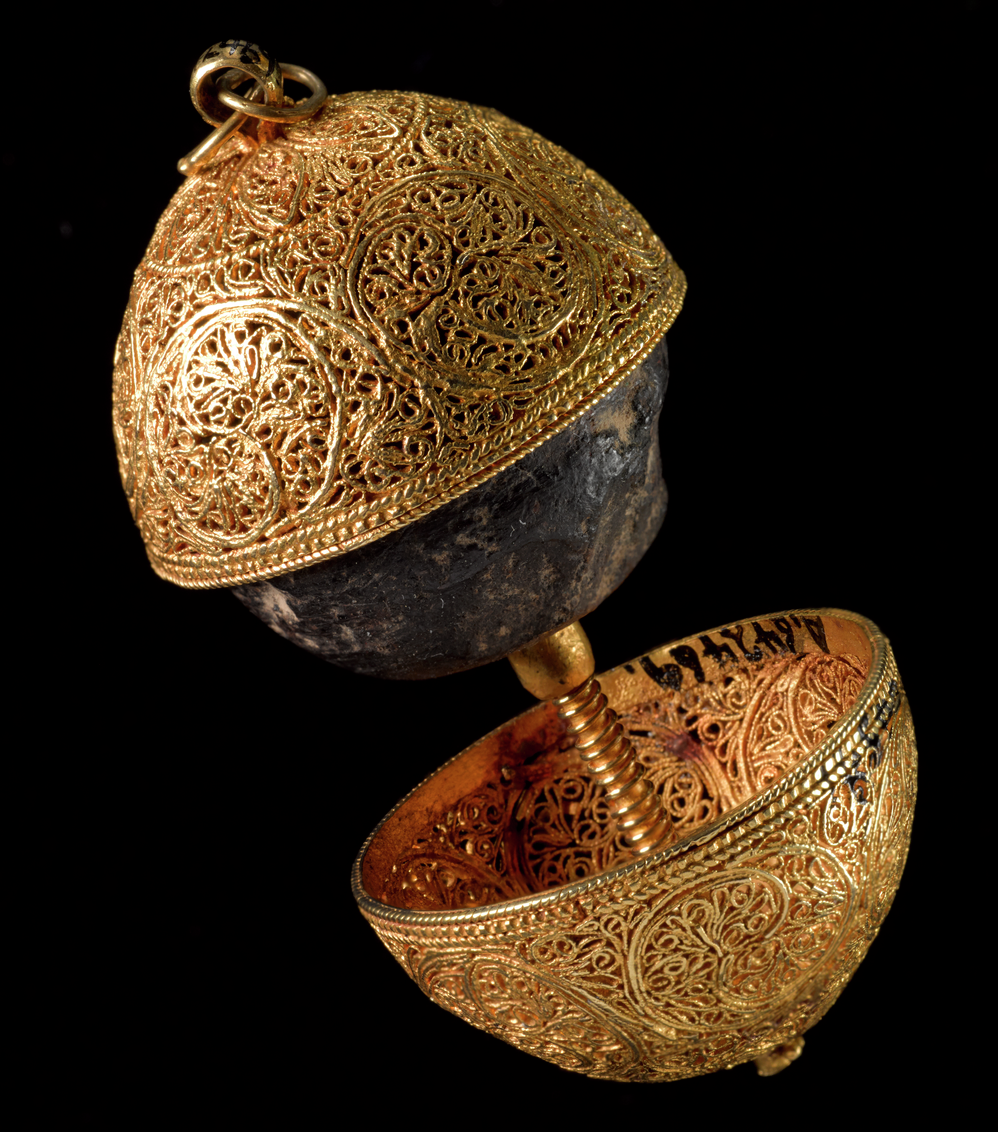
A bezoar is a stone taken from the stomach of a goat and it will save you from most poisons – Professor Snape
This stone is covered with a highly ornate filigree case, these kinds of stones, taken from the stomachs of animals, were quite common in the eighteenth century in Europe, they were so popular there was a healthy market for fake stones too. They are still used in parts of Asia today, thought to remove toxins from the body.
Harry Potter: A History of Magic also features a miniature orrery from our collection, made by celebrated instrument maker Edward Troughton, and more medieval and early modern medicines.
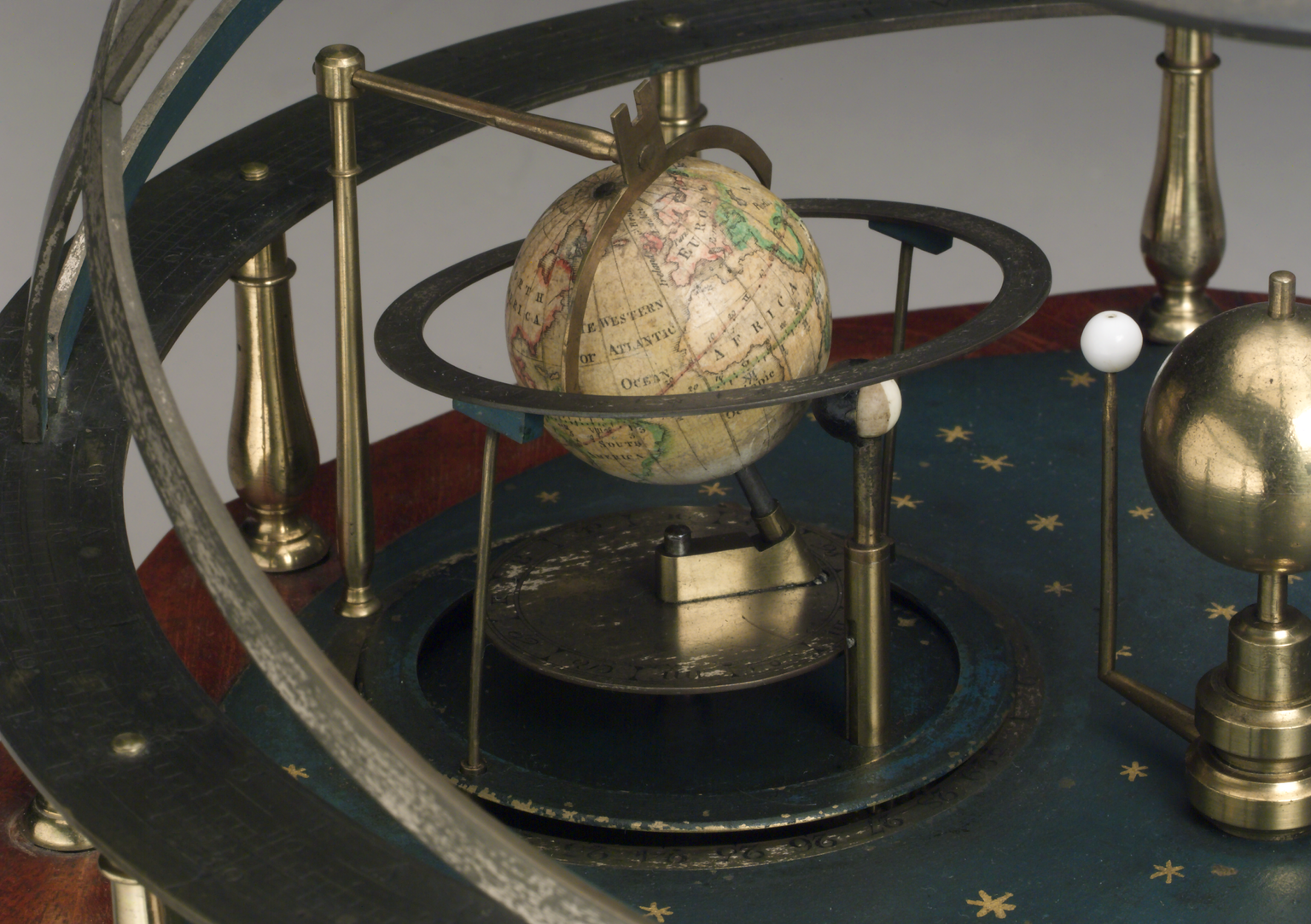
The final item from our collections is this pharmacy sign in the shape of a unicorn’s head. Mounted on an oak stand, the sign was probably made in England or the Netherlands.
Unicorn horns were believed to have medicinal qualities and were also a medieval symbol of purity and chastity. Apothecary would often display the long horn of a male narwhal whale, which was ground into a powder to be used in treatments.
